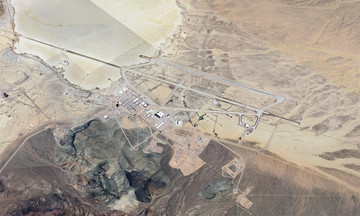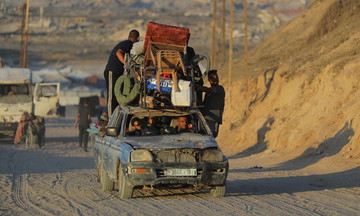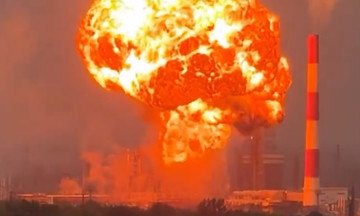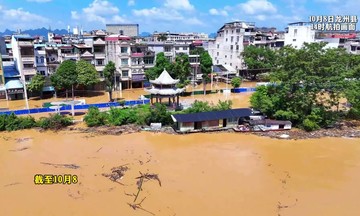On 19/8, RIA Novosti released a video of a Russian T-72 main battle tank clearing mines, paving the way for an assault on a Ukrainian position near Malaya Tokmachka village in Zaporizhzhia province.
The unit commander said the tank cleared an 18 km path through a dense minefield, completing 100% of its mission despite being targeted by 24 Ukrainian suicide drones. The tank only lost a track after 3-4 mines detonated in quick succession at the end of its run, but the crew was safe and evacuated to base.
Military experts point out that this is the result of continuous efforts to maintain tank survivability on the modern battlefield, even though some solutions were initially criticized and deemed ineffective.
"Tanks are no longer the invulnerable fortresses of the past. They are vulnerable to low-cost weapons," commented Michael Clarke, visiting professor in the Department of War Studies at King's College London.
Unmanned aerial vehicles (UAVs) and small drones have become symbolic weapons since the beginning of the war in Ukraine. Numerous statistics and studies indicate that their presence in the conflict is not a temporary phenomenon, but a fundamental shift in warfare, significantly altering the battlefield landscape.
Costing from a few hundred to tens of thousands of USD, they can disable modern tanks and armored vehicles worth millions of USD. Faced with this threat, both sides have continually adapted.
Just weeks after Ukraine increased its use of attack drones, Russian units became proficient in early target detection, improved camouflage and electronic warfare capabilities, and added extra armor to their vehicles to prevent or limit damage from drone strikes.
Since 2024, Russian troops have been welding makeshift armor onto frontline tanks. This improvised armor, likened to a "turtle shell," was initially mocked by Ukrainian soldiers and Western experts but has proven effective in neutralizing many suicide drones.
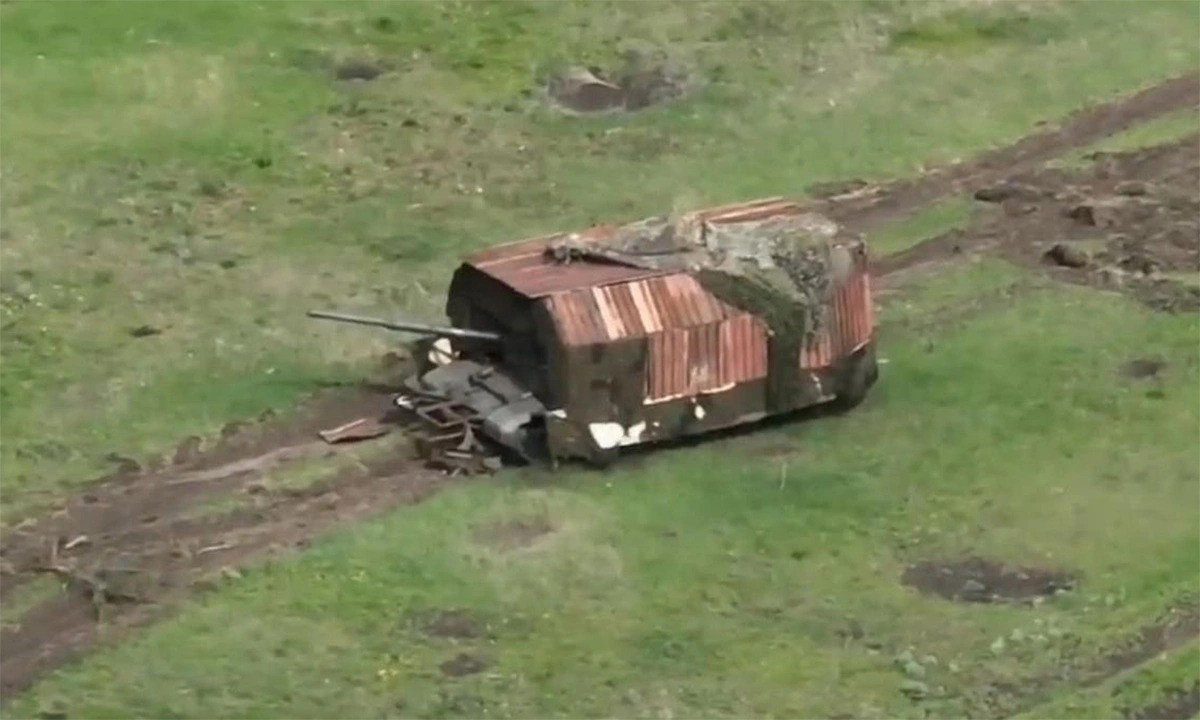 |
Russian "turtle shell" tank in a photo posted in April 2024. Photo: X/Bayraktar 1love |
One weakness of the turtle shell armor is the significant reduction in maneuverability, observation capability, and turret rotation. However, Western experts believe this approach is reasonable for mine-clearing, route opening, or reconnaissance missions.
Some Russian tanks have recently been covered with steel cables to conceal gaps in the turtle shell armor, while the roof is covered with upright bundles of metal cables. This makeshift armor has earned them the nicknames "monster tanks" or "hedgehog" tanks, with the ability to withstand repeated attacks from dozens of suicide drones.
Ukraine has also adopted solutions like cage armor, anti-drone nets, and explosive reactive armor covering tanks, but their effectiveness remains unclear. Instead, they have focused on tactical adjustments such as deploying tanks individually and employing "shoot-and-scoot" tactics to avoid detection.
Many of the most modern Western-supplied tanks in Ukraine, such as the Leopard 2A6, Challenger 2, and M1A1SA Abrams, are also deployed in fortifications to act as "mobile bunkers" to halt Russian advances, rather than spearheading assaults as envisioned in NATO doctrine.
 |
Ukrainian Abrams tank in the Donbass region in a photo published in May 2024. Photo: CNN |
The emergence of various anti-tank weapons, such as guided missiles and drones, once led to tanks being considered obsolete and no longer playing a key role on the battlefield. However, experts agree that they remain potentially game-changing weapons, but require continuous upgrades to counter modern threats.
"Tanks still provide firepower and a psychological impact on the enemy, but they need to be protected by new technologies to survive," said General James Rainey, commander of the US Army Futures Command.
Phong Lam (According to RIA Novosti, War Zone)





